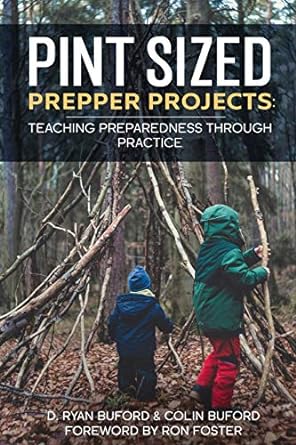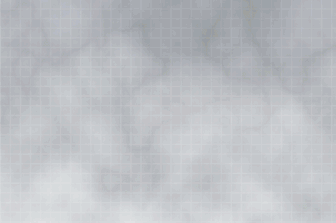How to: Foraging for Spring Edibles 8 - Featuring Red & White Clover
Share
Video
06/17/2014
In this walkabout I find that the both the Red and White clovers are in full bloom. The petals of both flowers contain a little bit of sweet nectar at the base of each cup-like petal. A sweet late Spring treat I have enjoyed since a kid. The flowers and leaves can be eaten as a potherb, in salads, and teas. Please don't over harvest since pollinators relay on this sweet-tasting plant - clover honey.
Then I come across some dogbane which isn't edible - in fact it is toxic to eat, but as a utilitarian plant it is very useful as that it produces very long and strong fibers for cordage making in after the plant goes to seed and dies off. I want to be sure to show the differences between the edible milkweed plant and the poisonous dogbane, since they can easily be confused especially in their younger stages.
========================
The plants featured are:
Red Clover (Trifolium pratense)
White Clover (Trifolium repens)
Milkweed (Asclepias syriaca)
*Dogbane (Apocynum cannabinum) - poisonous to eat
========================
FORAGING RULES:
1). Only harvest plants that you have 110% positively identified.
2). Only harvest from areas where you have permission to do so.
3). Only harvest from areas you know are not sprayed, contaminated, or polluted.
4).Only use your harvest after they have been well washed in water.
5). Only ingest small amounts at first; If you choose to do so it is AT YOUR OWN RISK! DO NOT use this short video as the source of truth...DO YOUR OWN RESEARCH and/or find someone in your area who is knowledgeable and competent
#5 is especially important if you are new to wild foraging. Aside from the obvious dangers of thistles, poison ivy, poison oak, and deadly water hemlock...Many wild plants contain off the charts vitamins and minerals which might create a shock to your system...considering the nutrient count of your average domesticated vegetable foodstuffs.
Also and adendem to rule #1 is follow Green Deane's of EatTheWeeds I.T.E.M-ize Rules:
(I)dentify the plant beyond doubt....be sure it is the right
(T)ime of year. Check its
(E)nvironment. This involves two things. One is making sure it is growing in the right place. The other is making sure the plant is getting clean water and is not in polluted soil. And then...
(M)ethod of preparation.
Water >
SORRY - There are no steps for this How-To. Please check back later. Or drop me a line at
TheUrbanAbo@gmail.com to let me know you wanna see this one fleshed out.







